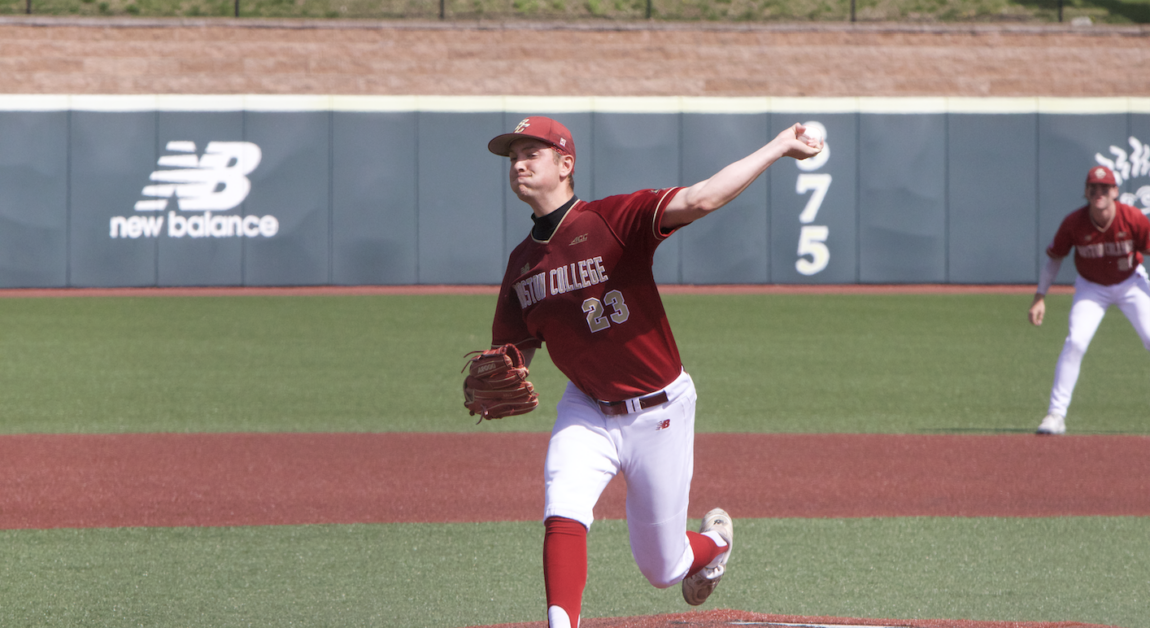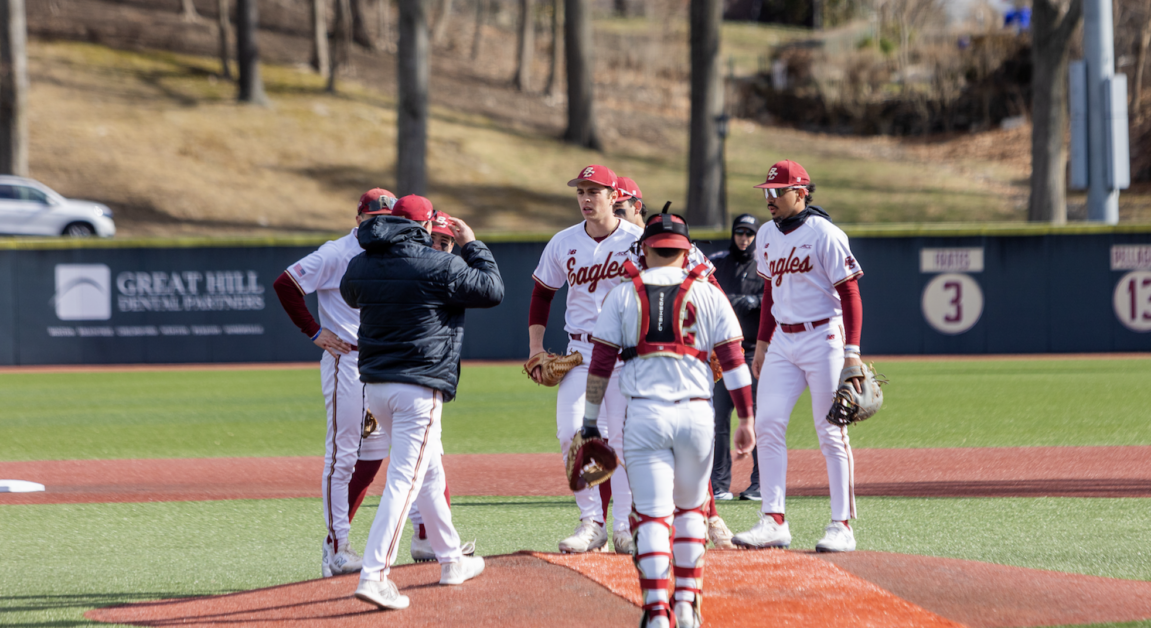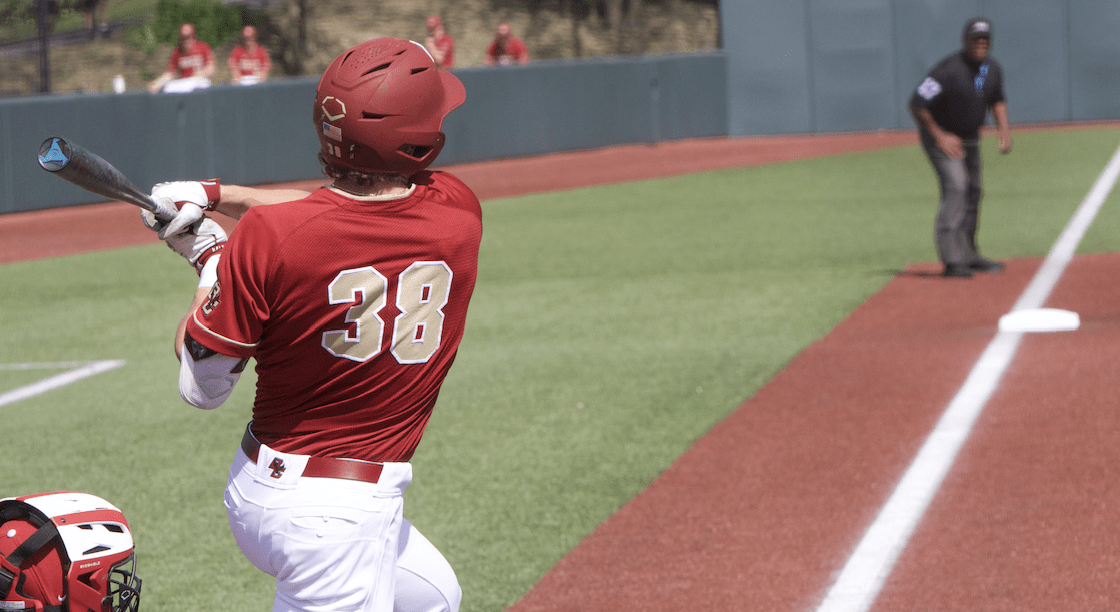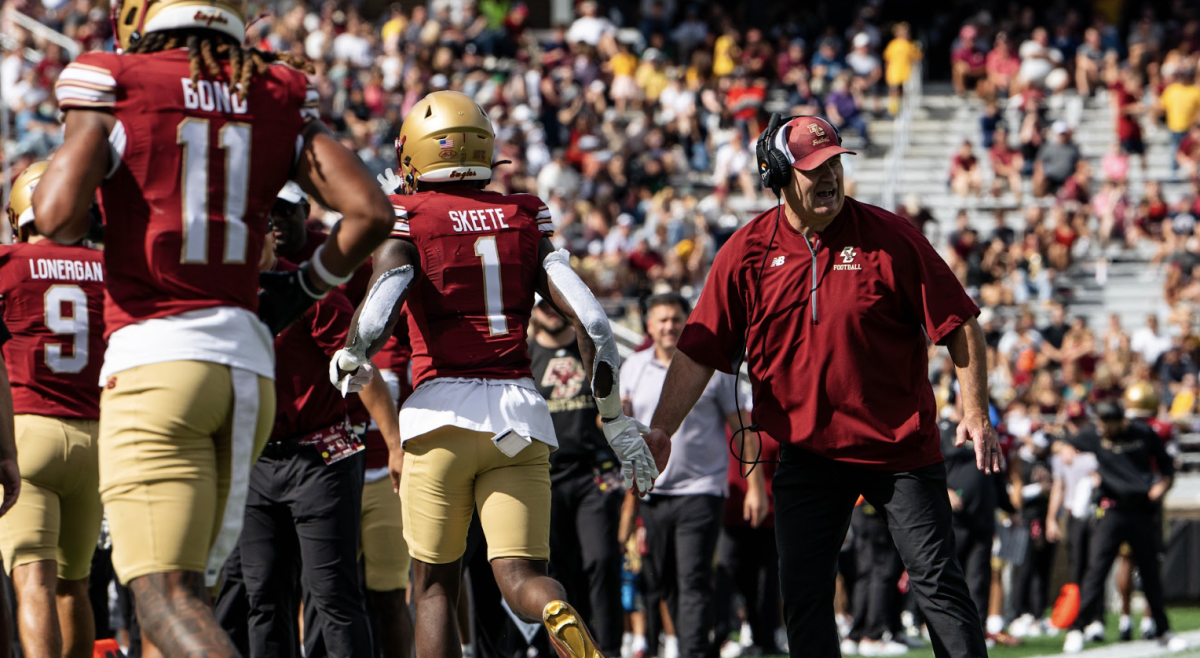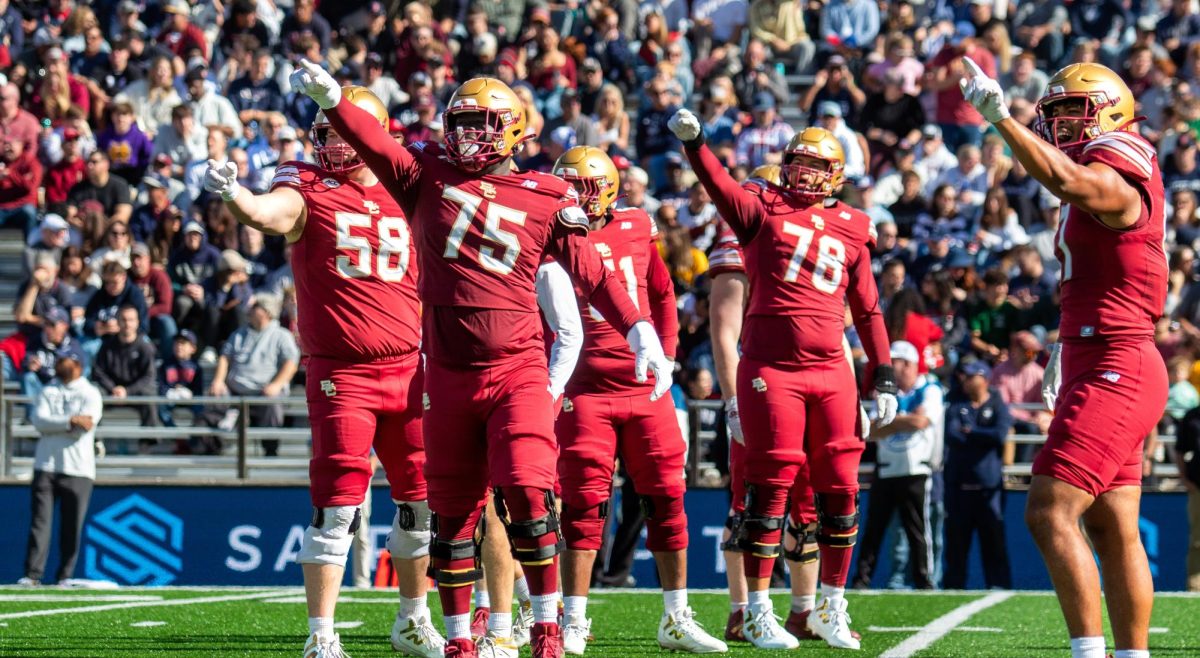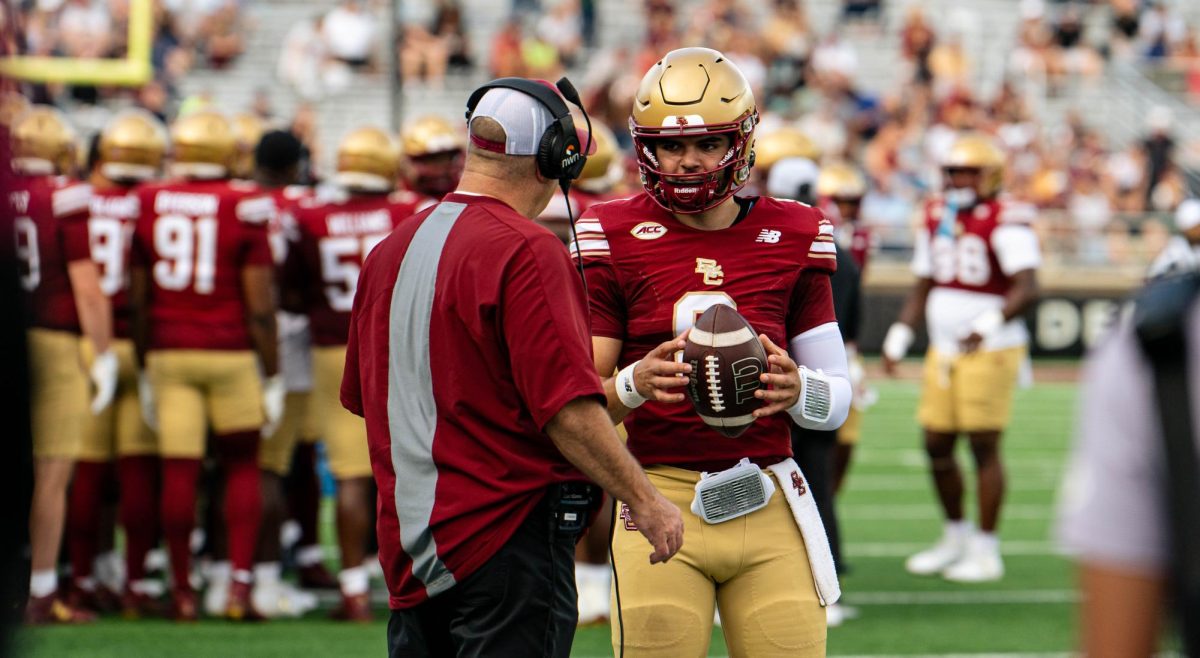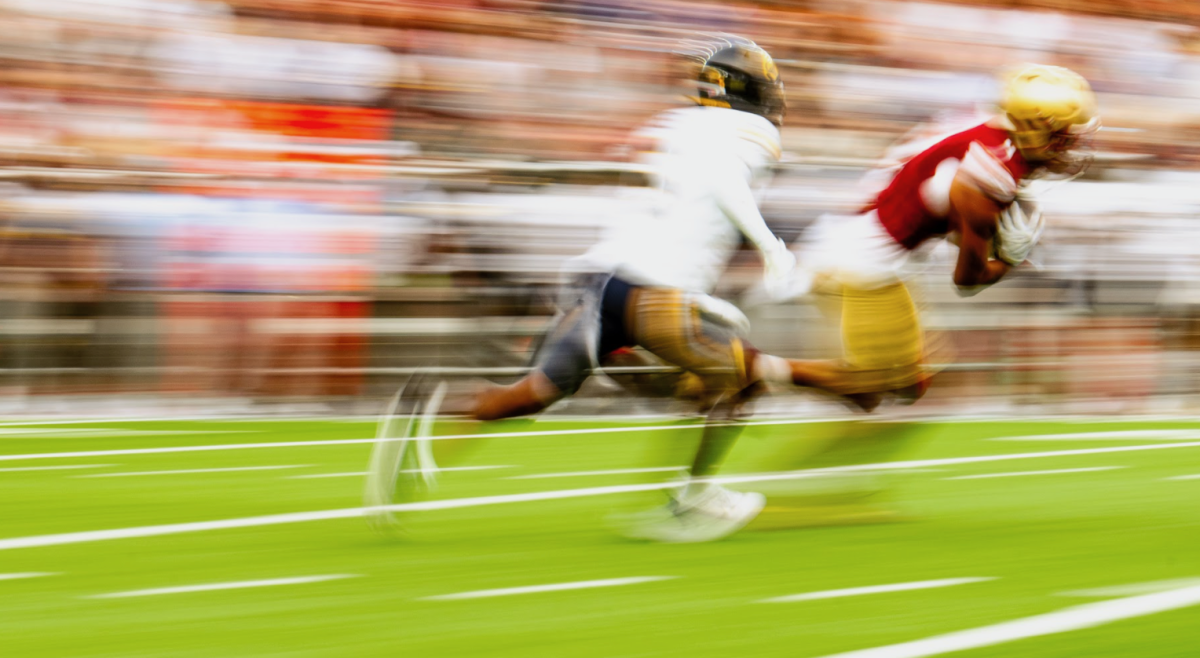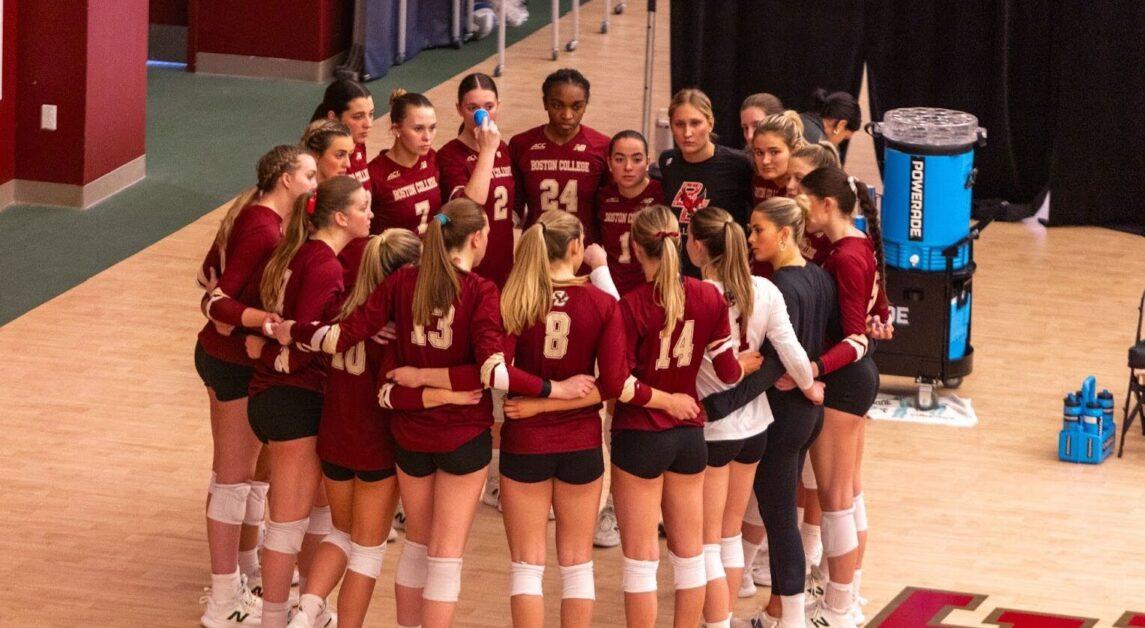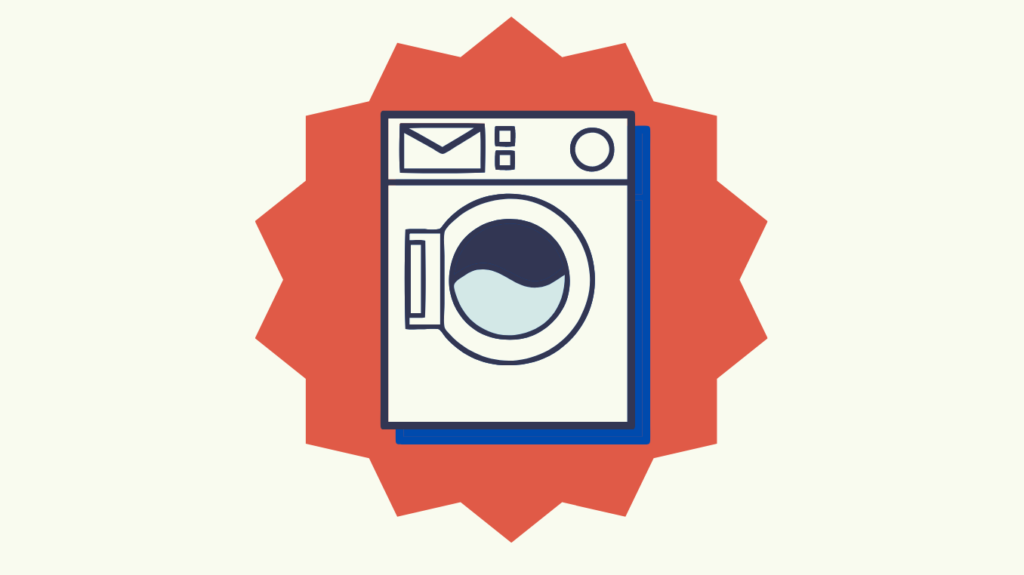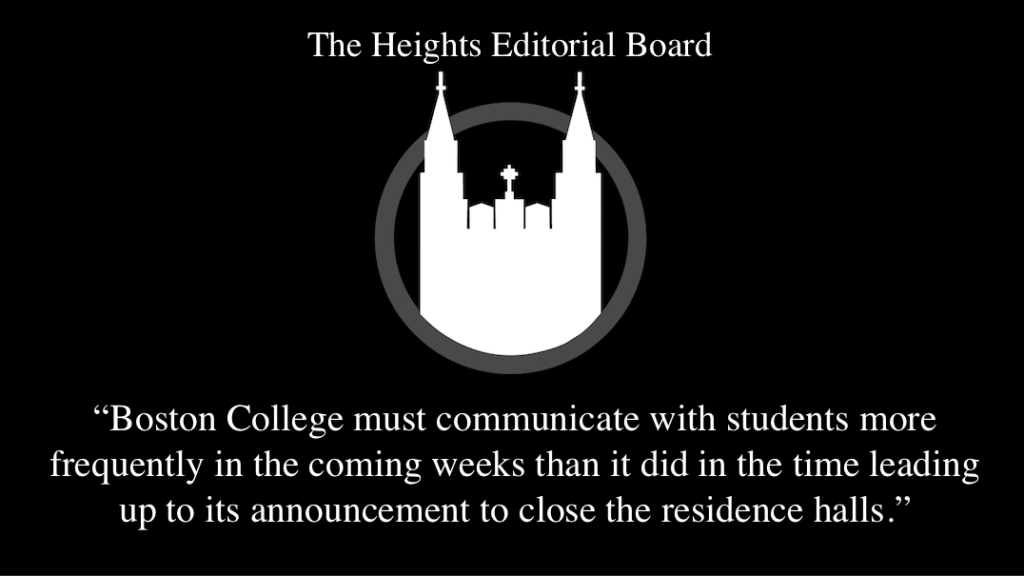Without question, the best sports video game in history was Backyard Baseball 2003. Diehard fans of FIFA and Madden will probably disagree, and even a good amount of Playstation-owning baseball fans will argue for The Show. They’re just wrong.
The game cast a set of Major League all-stars at a Little League age, mixed in with a lineup of made-up characters. These kids could use special power-ups in their backyard games, like the “crazy bunt,” the “under grounder,” and the “screaming line drive.” One power-up, though, put the rest to shame: “aluminum power.” By deploying this power-up, the kids dropped their regular wooden bats for a thick, aluminum one—a bat that guaranteed a home run.
Any kid who has played Little League knows that aluminum bats don’t have this type of magic power in real life. But that same kid could also tell you there is a significant difference between wood and metal, even if he’s never used one. Metal bats, in general, are better to hit with. They’re just not better for baseball.
Major League Baseball, which avoids anything that could taint its holy record books, has never strayed from wood. All other leagues used wood exclusively until 1971, when Little League kids first swung aluminum bats. Three years later, the NCAA legalized aluminum. Instead of breaking several wood bats a week, teams could now purchase similar-functioning bats that would last an entire season. But, as bat companies realized they could profit more from making metal bats work far better than wood, scoring exploded.
The NCAA caught on to this issue after the University of South Carolina defeated Arizona State University, 21-14, in the 1998 College World Series. And no, that’s not a football score. We’re still talking baseball, just the type of baseball that is a brutish slugfest. The NCAA didn’t like it, and has spent the past 17 years researching and experimenting with lists of complicated limits and regulations.
All this effort went toward getting as close as possible to wood without actually using wood. Want an easy solution? Have the NCAA stop fooling around and just switch back to wood. There, done.
If only it were that simple.
The problem is the NCAA can’t make up its mind about baseball. First it tried to reign in scoring by adopting the Ball-Exit-Speed Ratio (BESR) regulation in 1999. BESR limits the bounciness of the ball off the bat, so hitting with those bats is harder. This held offenses in check for a couple years, but power numbers and run totals rose to record highs. The NCAA tried again in 2009 and 2011, first by banning composite bats and then by rolling out a new acronym: the Batted-Ball Coefficient of Restitution (BBCOR) standard (they’re actually not that different—BBCOR just further limits bounciness and the sweet spots of bats to the level of wood).
This over-complicated adjustment hurt scoring more than any other. After run per game totals reached another peak of 6.98 in 2010, BBCOR slashed them down to 5.58, just 0.01 more than in 1973, the last year college baseball was an exclusively wood league.
But the NCAA couldn’t be satisfied and felt the need to boost the offense back up. Starting this season, it mandated a new flat-seamed ball, which research shows can travel farther than the raised-seam balls previously used. Early results suggest the baseballs are working to raise run and home run rates, and the NCAA has already proudly patted its back with a colorful infograph. But, if history is any indicator, this won’t last. Each time the NCAA added on new regulations to the metal bat in the past 40 years, offenses temporarily declined but eventually rebounded as players adapted and technology worked around regulations.

Why limit offense anyway? Why can’t we let it rise, free and unconstrained? Those who see issues with returning to wood, including Boston College baseball head coach Mike Gambino, cite the ill effects of capping offense as an issue of general popularity.
“You know, you see TV ratings and crowds and everything—they want to see scoring, they want to see home runs,” he said. “All that went down when they made one adjustment to the bat [by adopting BBCOR], right. If you do it again, it’s going to go down even more, I think it would probably hurt the game.”
Scoring is great, don’t get me wrong, but not the type of scoring that gives the advantage to gorillas. Baseball is not about mindlessly bashing ball after ball over the fence. Sure, fans love the long ball—the mere popularity of the Home Run Derby shows that—but those who really want to watch famous power hitters blast flashy homers will tune in to MLB games, not NCAA ones.
Even with run totals at historic lows, college baseball teams still score more runs per game than MLB teams. Granted, the strength of pitching staffs across the board in the NCAA are nowhere near the level of the Majors. Louisville’s staff, for instance, boasts a 2.07 ERA in 32 games this season, which is the best in the ACC and sixth-best in the nation. Wake Forest, on the other hand, has an ERA of 5.73 in 38 games—a difference of 3.56. The span between the ERAs of the best and worst MLB teams in 2014, however, was just 1.71.
Rather than trying to compensate for a lack of power hitters, college baseball should focus on producing good baseball players. Teams should be smarter about how they manufacture runs. Big, strong kids should also need sharp hand-eye coordination and good, fundamental swings to succeed.
Similar to NCAA basketball compared with the NBA, college baseball can hold an edge over the Bigs by having shorter games and shorter seasons. By implementing BBCOR—which this year seemed to reflect that of wood—the game became quicker. An average regional national tournament game in 2011 lasted just 2 hours, 44 minutes, compared to an average of 3 hours, 3 minutes the year before. Instead of a grueling 162-game season, NCAA teams wrap up in less than half that.
By building up fundamentals and acclimating to wood before the minor leagues, college players will also be better prepared for the professional game. In the past several years, more and more high school level leagues have required wood. Cape Cod Baseball and other leagues will be filled with college players this summer—all who will use wood.
The biggest problem, like always in college athletics, is an economic one. Today, a good, quality, metal bat from a reputable company can cost between $300 and $400, whereas a comparable wood one costs about $75. The latter seems far more affordable, but for one flaw: wooden bats break. Over the course of a season, a college baseball team might play over 70 games (including a postseason run), and its players will take exponentially more swings in practice. These programs, especially the smaller ones that can get very limited funding, may have a hard enough time affording a few bats that can last an entire season, let alone dozens of wooden bats.
And then, of course, there are sponsorships. Bigger programs have deals with bat companies that not only get them free bats and other equipment, but also big bonuses. BC baseball, for example, has a contract with Easton. Louisiana State University, which has one of the biggest baseball programs in the country, inked a deal with Wilson in 2011 that gives LSU $275,000 annually in compensation, according to AL.com. Tennessee, one of the weaker baseball programs in the SEC, still receives $125,000 every year from Wilson. These programs are very unlikely to want to give up those checks, especially when so much money goes to football and basketball.
Ultimately, wood should be used in college, but realistically this isn’t changing anytime soon. The NCAA thinks it has found a nice medium, and maybe it has. For now, all fans of college baseball can do is sit back and enjoy even baseball while it lasts. In the meantime, I’ll start working on the next acronym.
Featured Image by Michael Sullivan / Heights Editor




